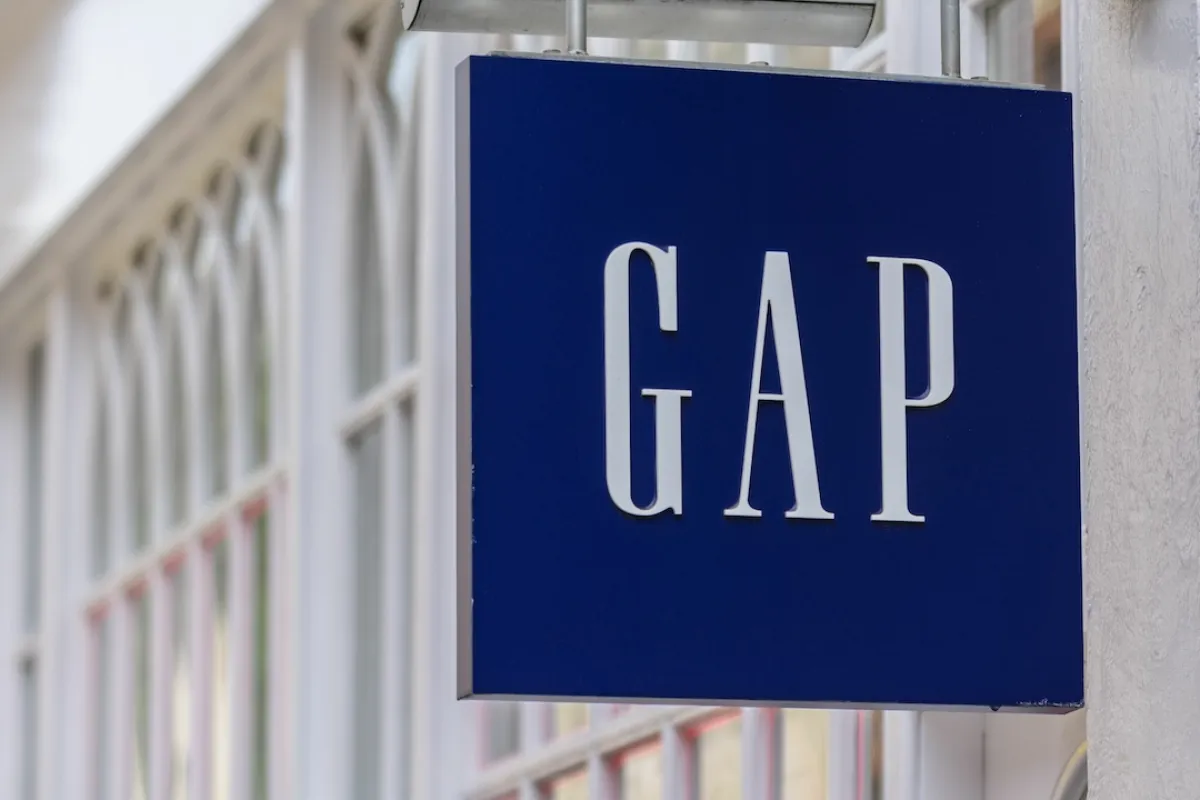#What You Need To Know
Gap Inc (NYSE: GPS) reported better-than-expected fourth-quarter results, driving a 9% increase in premarket trading. The company's earnings per share of $0.49 exceeded the consensus estimate of $0.23, primarily due to strong margins. Comparable sales were flat, but beat expectations, with positive growth at Old Navy and Gap Global, and a smaller decline at Banana Republic.
Gap's full-year revenue is projected to remain flat, but with positive sales at Old Navy and Gap brands. The operating income growth is expected to be in the low- to mid-teens range.
Analysts have raised price targets, applauding the progress under the new CEO and improvements in profitability and inventory management. However, some remain cautious about the company's ability to achieve sustainable growth, citing competition as a risk. Gap's strategic initiatives have shown positive results, particularly with increased market share at Gap Global and Old Navy, although Banana Republic still requires more time for improvement.
Sign up for Investing Intel Newsletter
Get the latest news and updates from our team.
#Why This Is Important for Retail Investors
Earnings Beat: Gap Inc.'s better-than-expected fourth-quarter earnings indicate strong financial performance, which can be an encouraging sign for retail investors. It suggests that the company is managing its operations effectively and generating profits.
Margin Improvement: The company's improved margins highlight its ability to control costs and enhance profitability. For retail investors, this demonstrates the potential for increased returns on investment and a positive outlook for the company's financials.
Positive Sales Growth: Gap Inc.'s positive sales growth at Old Navy and Gap Global brands indicates a favorable market response to their products. This growth can be seen as a positive indicator for retail investors, suggesting that the company is successfully attracting customers and generating revenue.
Strategic Initiatives: Gap Inc.'s strategic initiatives, such as increased market share at Gap Global and Old Navy, show that the company is actively pursuing strategies to strengthen its position in the market. This focus on growth and improvement can be a positive signal for retail investors, indicating potential long-term success.
Analyst Confidence: The fact that analysts have raised price targets for Gap Inc. reflects their positive assessment of the company. Retail investors may interpret this as a vote of confidence from industry experts, potentially increasing their trust in the company's future prospects and making it a more attractive investment option.
#How Can You Use This Information?
Here are some of the investing ideas that can be explored using this information:
Growth Investing
Gap Inc.'s positive sales growth and strategic initiatives suggest potential for future expansion and profitability, making it a potential opportunity for growth-focused investors.
Growth investing focuses on stocks of companies expected to grow at an above-average rate compared to other stocks in the market; learn more in our article titled 'What is Growth Investing?'.
Defensive investing
Despite a challenging retail environment, Gap Inc.'s improved margins and positive sales growth could make it an interesting option for investors seeking defensive investments that can withstand economic downturns.
Defensive Investing focuses on securing a portfolio by choosing companies that are less sensitive to economic downturns.
Sector Rotation
Retail investors employing a sector rotation strategy may consider Gap Inc. as a potential investment within the retail industry, given its strong performance relative to market expectations.
Sector Rotation is the practice of shifting investment capital from one industry sector to another to take advantage of the economic cycle.
Diversification
Adding Gap Inc. to a well-diversified investment portfolio may provide exposure to the retail sector, balancing risk and potential return. Retail investors looking to diversify their holdings can explore this opportunity.
Diversification spreads investments across various assets to reduce risk and volatility in a portfolio.
Sign up for Investing Intel Newsletter
Get the latest news and updates from our team.
#What you should read next:
#Popular ETFs
Some investors prefer to invest in stocks via an exchange-traded fund for ease and reduced risk. Some popular ETFs include the following:
SPDR S&P Retail ETF (XRT) - This ETF offers diversified exposure to the retail sector, including apparel stores, internet & direct marketing retail, automotive retail, and more. Given its broad exposure, companies like Gap Inc. are part of its holdings, making it a relevant choice for investors looking to capture the retail market's performance.
Vanguard Consumer Discretionary ETF (VCR) - This ETF tracks the performance of the Consumer Discretionary sector of the U.S. equity market, which includes companies from the retail industry, among others like automotive, consumer services, and media. Gap Inc., as a key player in the consumer discretionary space, is represented within this ETF's portfolio.
Fidelity MSCI Consumer Discretionary Index ETF (FDIS) - Similar to VCR, FDIS offers exposure to the Consumer Discretionary sector, tracking an index that represents the performance of consumer discretionary stocks in the U.S. equity market. This includes a wide range of companies, from retail to automobiles and consumer durables, encompassing those like Gap Inc.
Global X E-commerce ETF (EBIZ) - While not directly focused on traditional retail, EBIZ targets companies positioned to benefit from the increased adoption of e-commerce, a segment that Gap Inc. is actively participating in through its online sales platforms. This ETF might appeal to investors looking for exposure to the evolving retail landscape, where e-commerce plays a critical role.
Amplify Online Retail ETF (IBUY) - This ETF is designed to provide exposure to global companies that derive significant revenue from online and virtual retail sales. Given the increasing shift towards online shopping, Gap's growing online presence may make IBUY an interesting option for investors focusing on the digital retail shift.
